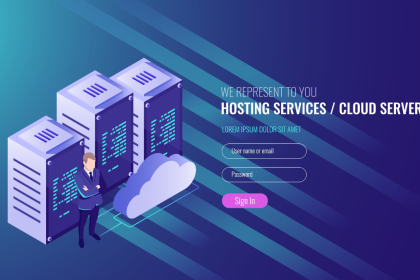Stay Dry & Prepped: 5 Rainy Day Items and Outfit Essentials
You should always be ready for a rainfall, with the unpredictable weather…
Top 7 Programs in Software, Cyber Security & Cloud in 2025
Tech dreamer! Got big plans to dive into the crazy-cool world of…
Your Step-by-Step Guide to Opening a Bank Account Abroad Without the Headache
The idea of opening a bank account in another country may appear…
Real-Time Shipment Tracking Software: How It Works and Why Your Business Needs It
Real-time shipment tracking software helps businesses know where their packages are at…
Ace Alliance’s Riga Event to Showcase Latest Trends and Technologies in iGaming
Ace Alliance has established itself as a prominent player in the iGaming…
Best Features to Look for in an Instagram Story Viewer
Instagram Stories are one of the most popular ways users share moments,…
How to Claim RM10 Free Credit No Deposit at Trusted Online Games
For Malaysian online casino enthusiasts, RM10 free credit no deposit offers represent…
How Hosting Affects Team Collaboration on Fast-Paced Development Cycles
If you’re planning to launch a new website, chances are you’ve come…
BLS for Healthcare Providers: Understanding the Importance of Team-Based Resuscitation
As a healthcare provider, understanding basic life support (BLS) is important, not…
Scoop Smart: What Sets Premium Protein Powders Apart
Whether you're chasing a personal best in the gym, struggling to keep…
Is 1080p Really Worth It? What Resolution Means for Everyday Tech
You’ve probably seen it on your TV box. In your phone settings.…
How to Select Compact Power Stations for Travel
Basking in the freedom of off-grid travel is all about boundless adventure…












